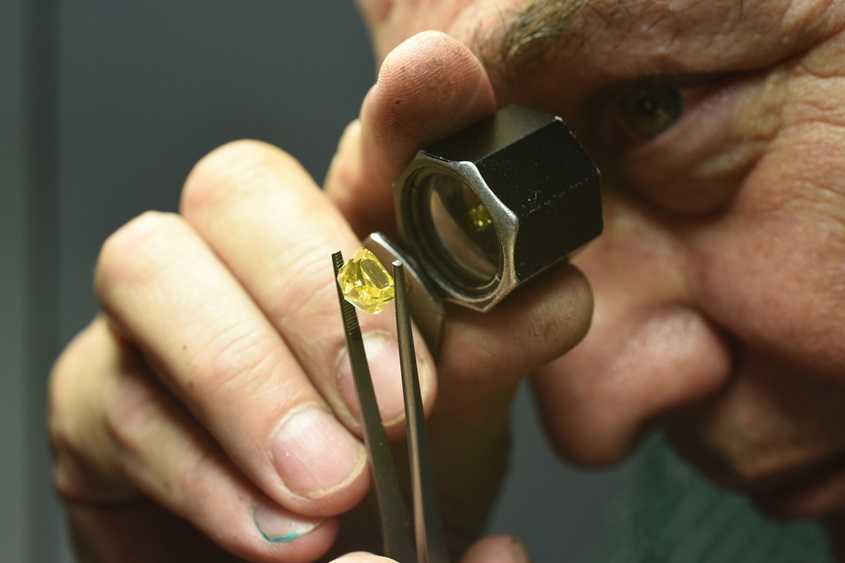In a comprehensive article written for the GIA website, Darcy P. Svisero, James E. Shigley, and Robert Weldon elaborate on the history and future of Brazilian diamond mining and trade.
In the article, the authors scan the history of Brazilian efforts to mine and trade in precious stones, especially since the 19th century. In the 1700s and early 1800s, Brazil ruled global diamond production. Today, the South-American country accounts for less than 1% of world production. Some of the most famous diamonds in the world, however, as well as fancy-color diamonds, have originated in Brazil.
Diamonds in Brazil are mined primarily in alluvial deposits, “with diamonds transported by and deposited along a multitude of rivers”. The industry is ruled by independent miners “in riverbeds, in unconsolidated sediments, and in compacted sedimentary conglomerates”. Today, only one economically viable kimberlite pipe is being developed for mining.
As for production, Brazil has lost its global diamond luster once diamonds were discovered in South Africa. According to a report by Minérios & Minerales (2014) quoted in the article, “the estimated production between 1725 and 1870 was 50,000 to 250,000 carats per year” – a total of 37.5 million carats over the 150-year period. Moving on to more modern times, “production in the early 1970s was approximately 300,000 carats per year, before jumping to 670,000 carats in 1980”. In recent years, production has declined “to less than 32,000 carats” in 2015. However, the mining of the Braúna 3 kimberlite in Bahia number is expected to increase production significantly.
As for the future, Brazil is hindered by several factors: first, it’s enormous, and alluvial sources are dispersed throughout the continent “in riverbeds and conglomerates”; second, there is a “lack of expertise in large-scale diamond mining, and industry regulation”; third, there is a shortage of skilled labor and a “limited availability of geological resources that can be applied to mineral exploration”; and last but not least, the government efforts to comply with the Kimberley Process Certification Scheme, its crackdown in 2006 on diamond smuggling, and the 2008 global financial crisis – all have led to a reduction in production, and an “uncertain future”.











